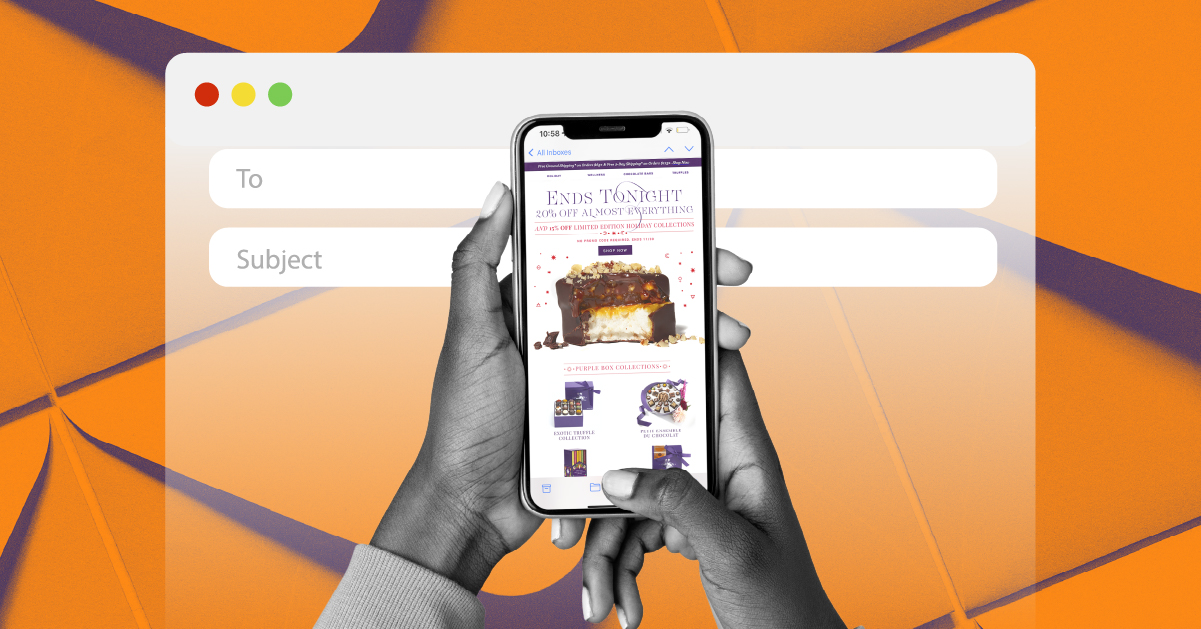The 8 Biggest Email Mistakes

The strong ROI of email marketing is undeniable and with its continued growth as a digital channel, it’s so important to get email right. Your leads and sales depend on it! Plus, 61% of people say they prefer to communicate with their favorite brands via email. This month, we caught Adobe’s webinar about the top things that B2B and B2C marketers get wrong. Here’s a recap of their list along with our thoughts. At OpenMoves, we see #7 frequently – it’s an easy one to fix that will yield nearly instant results. Let’s dive in.
- Unclear Subject Lines
Hate ambiguously labeled mail, leaving you to wonder if it’s your replacement credit card or a faux handwritten car dealer ad? Don’t make that mistake with email. Prep your readers with descriptive subject lines and some hint as to what they’ll get by opening. There’s always room for creativity, but in general aim for 80/20 on intriguingly clever vs straightforward. Always front-load the most important words so that they aren’t truncated in inbox previews.
- Messy Email Lists
Imagine you’re trying to help your sister shrink her wedding guest list. You would want to know who’s on it and how close their relationship is – maybe she hasn’t talked to some people in a year and they’ve gone separate ways. The same goes for your email list. List hygiene is important both for deliverability and targeting content appropriately. Run periodic bounce campaigns to remove bad addresses, consider eliminating role-based addresses like info@ or support@, and implement a sunsetting policy that removes habitually unengaged contacts.
- Failure to Measure Email Inboxing
It’s easy to forget that “delivered” doesn’t mean “went to inbox”. Inboxing is the percentage of your delivered emails that hit the primary inbox, versus a secondary folder like Promotions in Gmail. Inboxing averages hover around 80%. Try personalization for the company or person name, watch your text to image ratio, and avoid spammy subject lines with excessive punctuation, all caps, or trigger words.
- No Engagement Segmentation
When segmenting lists, email marketers often think of dividing by interest area or demographics data first – but dividing based on engagement is also a great strategy. When deploying campaigns, send to your highly engaged subscribers (i.e. those frequently opening and/or clicking) first, wait 30 minutes, then send to the rest of the list. This helps to improve your sender score and deliverability, and the likelihood that your campaign will land in inboxes.
- No Re-engagement Strategy
Re-engagement, or lapsed, campaigns are one of the best candidates for automation. Automated campaigns work for you, even when you’re not working. Create a multi-message reactivation series that sparks your reader’s interest to re-engage with your company – show them what’s new, offer a promotion, or link to high converting web content. Set your re-engagement series to deploy routinely, say quarterly, and reap the results.
- Using Image-based CTA Buttons
This is a simple one: because not all readers or email clients automatically download images, if you use image-based CTA’s, you will miss out on clicks. Stick with HTML calls-to-action.
- No Mobile Optimization
Per Adobe’s data, 65% of emails are initially read on a smartphone, 25% on desktop, and the rest on tablet. Thinking beyond the copy and images, put yourself in the shoes of your audience. What content structure would be pleasant and/or helpful to read? Revisit your email templates, make sure there’s a CTA above the fold, and always test on mobile before sending. Things may not render on a small screen as you were expecting.
- Bad Testing Decisions
Speaking of email testing, treat your tests like junior high chemistry class. Isolate the variables! A common mistake is testing many variables at one time, which muddies the results and gives no actionable learning. For quality tests, only test one element at a time, always deploy them at the same time, and use a large enough sample size for results to be significant.
That’s a wrap! Opportunity abounds with email marketing and hopefully this recap gives you some ideas on where to start with optimization. If you’re looking for a strategic or executional partner (or both!) to drive significant growth in your email channel, contact us here. We’ll get back to you asap about how OpenMoves can help you hit your email marketing goals.











